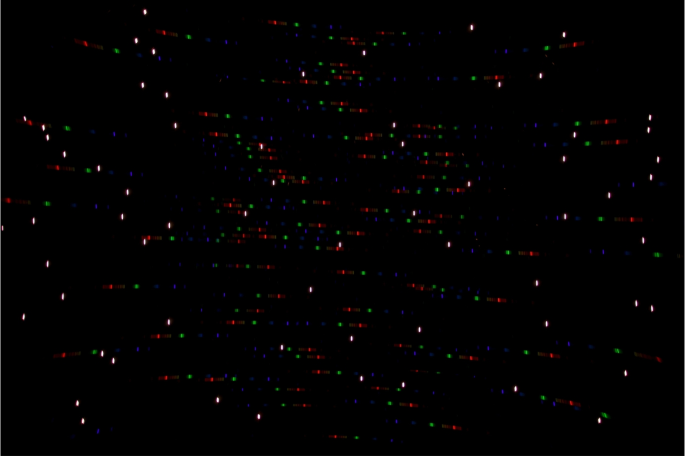Improvements in digital meteor spectra reduction
Abstract
This study addresses the complexity and importance of developing a method of calibrating digital observations of meteor spectra with all-sky cameras. It aims to present novel approaches to spectral sensitivity, atmospheric extinction and flat-field corrections. Images of a known line emission spectrum were captured at various positions within the field of view using a camera with a fish-eye lens and plastic holographic grating. The flat-field correction was separated into a wavelength-independent and wavelength-dependent component, both dependent on the position of the spectral line in the field of view (FoV). Total profile intensities of spectra obtained from the images were compared throughout the spectral range at different positions in the FoV. The flat-field was constructed by fitting those dependencies with high-degree polynomial functions. Using a simplified atmospheric model, a novel approach was constructed to determine the atmospheric extinction curve throughout the spectral range, allowing it to be separately considered from the spectral sensitivity which was previously not the case. A comparison of the newly developed and previously used methodology was tested on several meteor spectra of the same meteor captured from different stations of the European Fireball Network. It revealed a significantly improved correspondence of the analysed spectra in the part of the spectral range unaffected by the limitations imposed by the newly developed methodology. Failing to follow the correct calibration methodology precisely may introduce varying degrees of uncertainty in computations of elemental abundances and other physical properties, depending on the equipment’s specific effect magnitude.


 求助内容:
求助内容: 应助结果提醒方式:
应助结果提醒方式:


